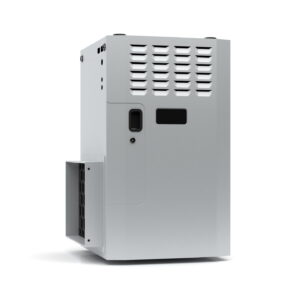 As we reach the end of the winter, you may find yourself debating whether furnace repair in West Chester, OH is the best way to keep your furnace running for the next few years. Spring is a good season for upgrades and replacements to your HVAC system, so if you think it’s time to put in a new furnace, the coming months may be when to schedule it.
As we reach the end of the winter, you may find yourself debating whether furnace repair in West Chester, OH is the best way to keep your furnace running for the next few years. Spring is a good season for upgrades and replacements to your HVAC system, so if you think it’s time to put in a new furnace, the coming months may be when to schedule it.
You’ll need to make some choices about what you want from a new furnace. Just putting in as close a duplicate to your old one misses out on some major improvements in furnace technology. For example, the condensing furnace.
“What’s that?” you ask. We’re glad to answer that! It may turn out a condensing furnace is exactly what you want for your home heating future.
What a Condensing Furnace Does
The word condensing may seem like an odd one for a furnace. Isn’t condensing something that occurs with air conditioners and water? What condensing refers to with a furnace is condensing the exhaust vapor left over from the initial heating process to produce even more heat.
We’ll break it down…
In a standard furnace, hot combustion gas collects inside a heat exchanger, where the heat transfers through the hot metal of the exchanger to the air moving past it. The combustion gas cools down to a vapor, and this vapor moves out of the furnace and the house through a flue.
In a condensing furnace, the vapor instead moves to a second heat exchanger. There the exhaust vapor is condensed. As you may remember from high school science class, condensing a liquid releases heat. The heat from condensing the vapor adds more thermal energy to the air moving through the furnace. This allows the furnace to make the maximum use of its natural gas and improve overall energy efficiency.
The Difference in Efficiency
How much difference in energy efficiency does a condensing furnace make? It can be from 10% to 20% higher than a standard furnace, depending on the standard furnace type. For example, if you have an old mid-efficiency furnace, it might have an AFUE rating of 85%, which means it turns 85% of its natural gas into heat energy and loses the rest to exhaust. A condensing furnace can have an AFUE rating of 98%—that’s a big change, and over the life of the furnace it can mean significant energy savings.
Are There Any Drawbacks?
Well, there are some reasons you may not wish to invest in a condensing furnace. They cost more to install than standard furnaces, and so one may not meet your current budget plans. Condensing furnaces may also require making changes to the venting system that wouldn’t be necessary if you had a standard furnace replacement. It’s important to always work with professionals when considering this type of upgrade, because your house may not be ideal for it and you won’t end up seeing the savings you want.
If you’re interested in a condensing furnace—or any new heating system—our technicians are happy to consult with you and help you find the best heating future for your house.
Work with Bartels Heating & Cooling “For a Comfortable Way of Life!”
